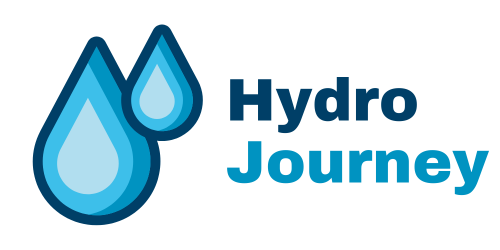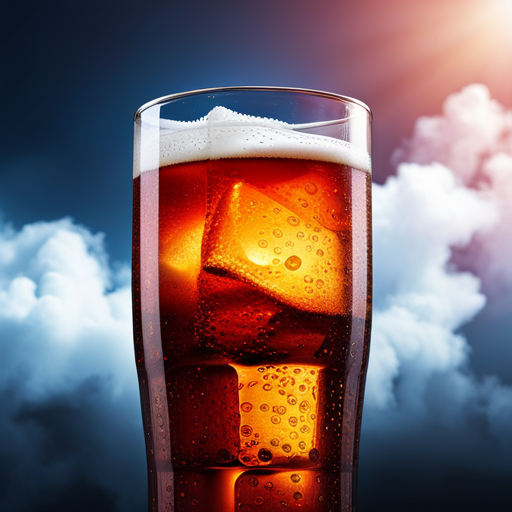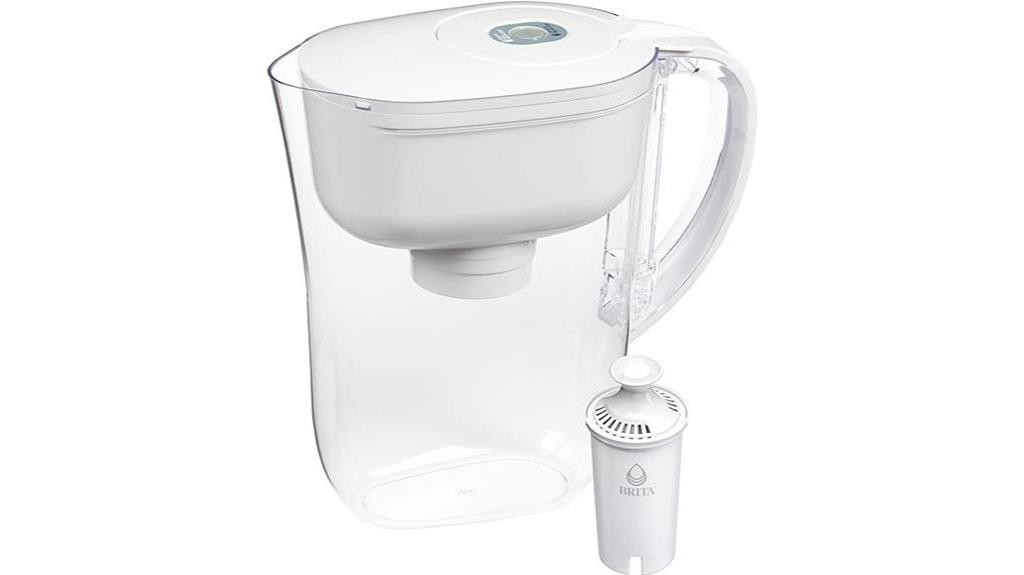Do you love sipping on a cold can of soda on a hot summer day? Well, you may want to think twice before taking another gulp. With rising concerns over the potential presence of PFAS in soft drinks, you may be unknowingly consuming harmful chemicals.
PFAS, or per- and polyfluoroalkyl substances, are human-made chemicals used in various applications, including food packaging, firefighting foams, and non-stick cookware. While soda is unlikely to have significant PFAS levels, contamination could occur from water sources, bottles, or industrial emissions.
As a soda lover, it’s essential to be aware of the potential health risks associated with PFAS contamination. In this article, we will explore the hidden truth about your favorite soft drink and whether it is contaminated with PFAS. We will discuss the sources of contamination, manufacturers’ quality control measures, regulatory measures, and consumer safety and moderation.
It’s time to uncover the truth and ensure the safety of your favorite beverage.
Key Takeaways
– While it is unlikely for soda to have significant PFAS levels, indirect contamination can occur through sources such as water, packaging materials, and industrial emissions.
– Manufacturers of soda implement strict quality control measures, such as sourcing water from safe sources and testing for contaminants, to ensure the safety of their products for consumers.
– Long-term exposure to high levels of PFAS is linked to health effects such as low infant birth weights and increased risk of cancer, but levels of PFAS in soda, if present, are well below recommended guidelines.
– Consumers should stay informed about potential sources of PFAS contamination and consume soda in moderation due to its high sugar content and potential health risks.
PFAS in Soda
You may be wondering if your favorite soda contains PFAS, but rest assured that contamination is unlikely. While PFAS can be found in various applications, including bottled water brands, mandatory testing for PFAS in soda is not required.
However, soda manufacturers take several measures to ensure the safety of their products, including sourcing water from safe sources, treating water to remove contaminants, and conducting regular testing for contaminants like PFAS.
Despite the potential health risks associated with long-term exposure to high levels of PFAS, there have been no widely reported cases of PFAS detected in soda at levels that pose a significant risk to human health. While indirect contamination through sources like water, packaging materials, and industrial emissions is possible, manufacturers and regulatory agencies actively work to ensure consumer safety by implementing strict quality control measures.
So go ahead and enjoy your favorite soda in moderation, knowing that it is unlikely to contain significant amounts of PFAS.
Sources of Contamination
Indirect sources, such as contaminated water and packaging materials, are potential contributors to the presence of PFAS in some soft drinks. Although soda manufacturers implement strict quality control measures to ensure the safety of their products, indirect contamination through these sources is still possible. Here are some facts to consider:
1. Contaminated water sources are the reason several brands of bottled water have PFAS in them.
2. For bottled soda, the cap liner may be a source of PFAS contamination.
3. Emissions from industries that use PFAS can lead to contamination of the environment, including air, soil, and water.
4. Indirect contamination through sources like water, food packaging materials, and industrial emissions is possible, but levels of PFAS in soda, if present, are well below recommended guidelines.
As a consumer, it’s important to stay informed about potential sources of contamination and take necessary precautions. However, it’s reassuring to know that manufacturers and regulatory agencies actively work to ensure consumer safety by implementing strict quality control measures and monitoring for any potential PFAS contamination.
Manufacturers’ Quality Control Measures
Manufacturers ensure the safety of their soda products by implementing strict quality control measures, including sourcing water from safe sources and regularly testing for contaminants. To ensure the absence of PFAS in their products, manufacturers may conduct PFAS testing protocols on their water sources and monitor the environment surrounding their production facilities for potential contamination. Additionally, soda manufacturers use water treatment processes such as filtration, disinfection, dechlorination, and reverse osmosis or activated carbon filtration to remove any contaminants from their water sources.
Table: Quality Control Measures in Soda Production
| Quality Control Measures | Description |
|---|---|
| Water sourcing | Soda manufacturers source their water from safe sources such as municipal water supplies, natural springs, or groundwater wells. |
| Water treatment processes | Soda manufacturers treat their water sources using filtration, disinfection, dechlorination, and reverse osmosis or activated carbon filtration. |
| Regular testing | Manufacturers conduct regular testing of their water sources and products to monitor for the presence of contaminants, including PFAS. |
By implementing these quality control measures, soda manufacturers aim to ensure the safety of their products for consumers. While mandatory PFAS testing for soda is not required, manufacturers take necessary precautions to prevent contamination and ensure the absence of PFAS in their products. It is essential to stay informed about potential sources of PFAS contamination and the measures taken by regulatory bodies and manufacturers to minimize exposure.
Regulatory Measures
Regulatory bodies have implemented measures to limit PFAS levels in food packaging materials and drinking water. The US Environmental Protection Agency (EPA) has set health advisory levels for PFOA and PFOS in drinking water, while the European Union has set limits for specific PFAS in food contact materials. These measures aim to reduce the risk of PFAS exposure and protect public health.
Collaborative efforts between manufacturers and regulatory agencies have a global impact on reducing PFAS contamination. Soda manufacturers implement strict quality control measures for sourcing water and testing for contaminants, while also collaborating with suppliers and partners to ensure the use of PFAS-free materials.
Regulatory bodies continue to monitor and address any potential PFAS contamination in the environment surrounding production facilities. By staying informed about potential sources of PFAS contamination, consumers can minimize their exposure and manufacturers can continue to ensure the safety of their products for consumers.
Consumer Safety and Moderation
To ensure your safety, it’s important to consume soda in moderation due to its high sugar content and potential health risks. While soda manufacturers take measures to ensure the safety of their products, excessive consumption of soda can lead to health issues such as obesity, diabetes, and dental problems.
Here are some tips to help you moderate your soda intake:
– Opt for smaller sizes or share a larger bottle with friends and family.
– Choose water or other low-sugar beverages as an alternative to soda.
– Limit soda consumption to special occasions or as a treat.
– Consider making your own soda using natural ingredients and sweeteners.
– Talk to your doctor or a nutritionist about your soda consumption and potential health risks.
By taking these steps, you can enjoy your favorite soda in a safe and responsible manner. Remember to prioritize your health and well-being by consuming soda in moderation.
Conclusion
So, is your favorite soda contaminated with PFAS? It’s certainly possible, but unlikely.
While there is growing concern about the presence of these chemicals in various products, including soda, manufacturers and regulatory bodies are taking measures to ensure consumer safety. From testing water sources to implementing quality control measures, the industry is working to prevent contamination from occurring.
Additionally, regulatory bodies are monitoring the situation and implementing measures to protect consumers.
While it’s important to be aware of the potential risks associated with PFAS, it’s also important to remember that moderate consumption of soda is generally safe. If you’re concerned about PFAS in your favorite soft drink, consider switching to a brand that has implemented measures to prevent contamination.
And as always, remember to enjoy your soda in moderation as part of a balanced diet.




